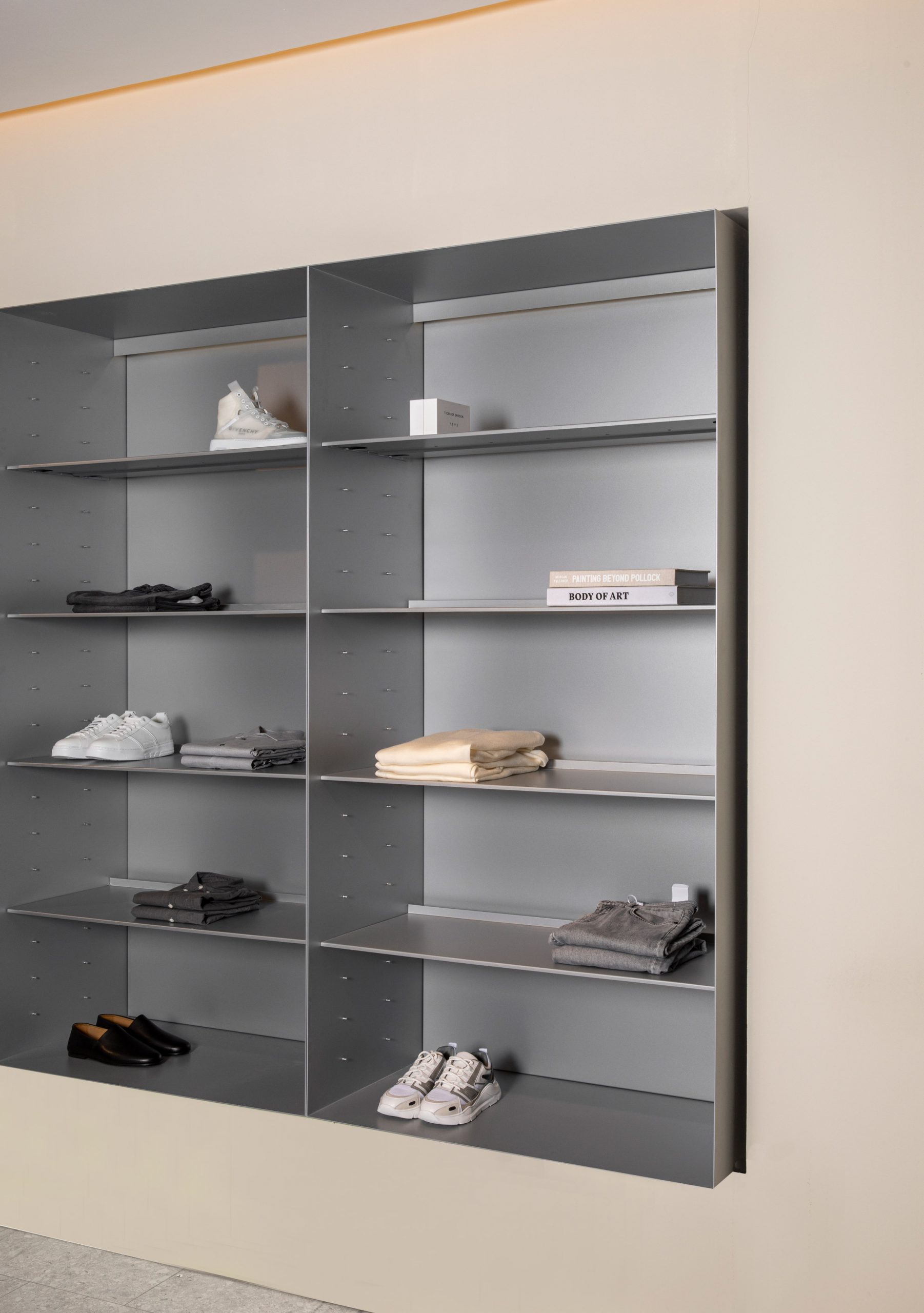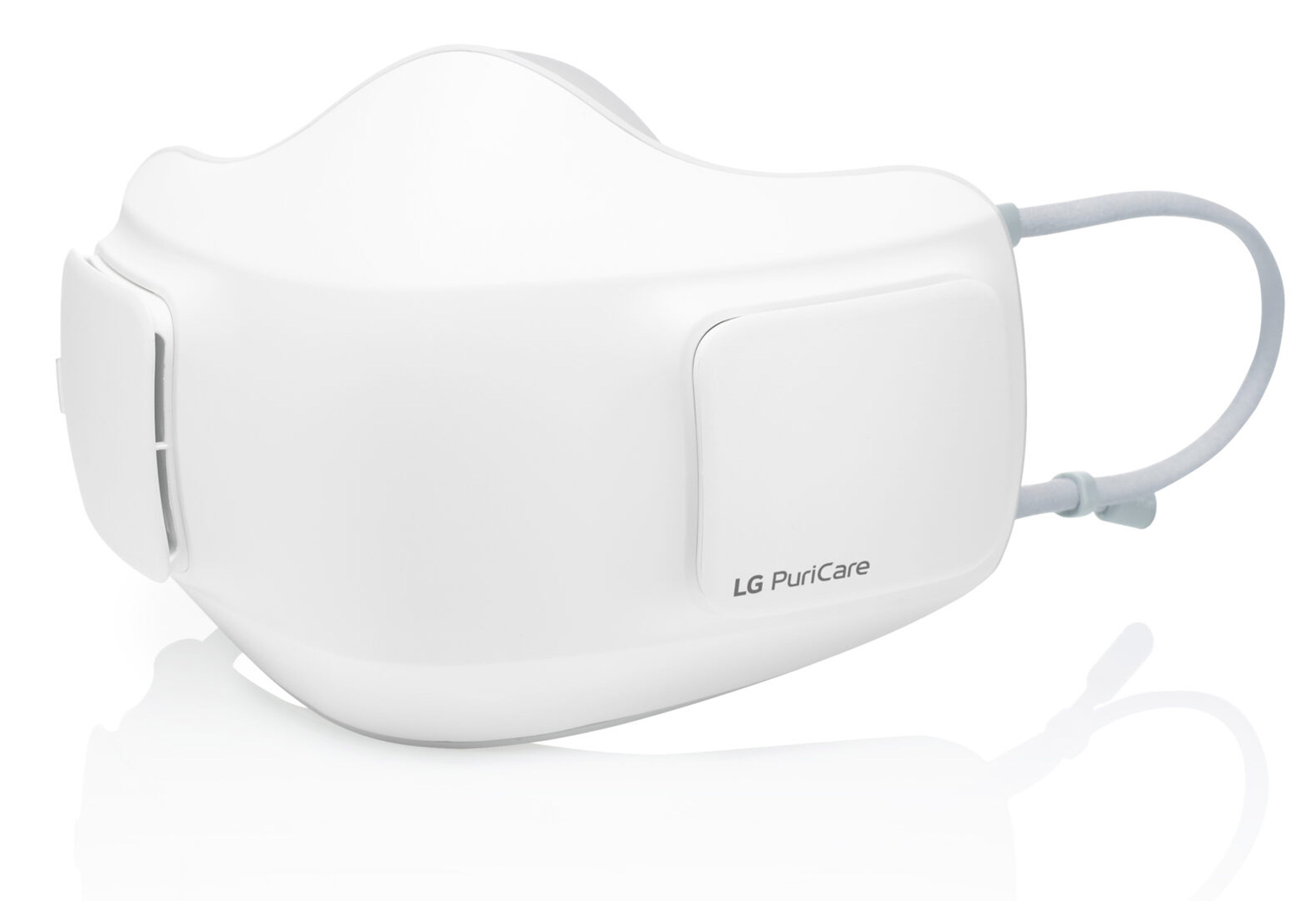
In a fresh attempt to reach potential voters online ahead of November’s election, the team has designed four posters to download and pitch on your virtual front lawn.
from It's Nice That https://ift.tt/3lEBPpP

In a fresh attempt to reach potential voters online ahead of November’s election, the team has designed four posters to download and pitch on your virtual front lawn.

Athletes, pop stars, actors and artists including Steven Harrington, Billie Eilish and Simone Manuel added their own ‘A’ to the “collection of voices” identity.

One of the best-known names in graphic design, the Dutch modernist master and teacher reflects on his work and career to date.

Oak, grey stone and yellow-tinted glass are some of the materials that Norm Architects has used in its minimal makeover of the menswear section of German department store Alsterhaus.
Alsterhaus is situated at the heart of Hamburg and first opened its doors in 1912. Spanning 24,000 square metres, the department store offers a mix of fashion, accessories, beauty products and homeware.
Norm Architects was tasked with refurbishing the long-standing store's menswear section, which featured lack-lustre white walls and herringbone walls.

The practice was keen to create a "unity of different universes" across the men's section that would offer customers a richer experience than shopping online – but also wanted the architecture and material palette of the space to look inherently "pure".
The work of American-German architect Mies van der Rohe and Austrian-Czech architect Adolf Loos became a key point of reference.

"A department store is a visually busy place and we realized early in the process that the design needed to be pared down and clear conceptually - ruling out strong patterns and ornamentation," said Sofie Thorning, associate partner at Norm Architects.
"We looked to Mies van der Rohe and Adolf Loos for inspiration on natural materials with inherent characteristics that form textures and colours while evoking sensations of warmth, cold balancing feelings of soft and hard to the touch," she told Dezeen.

The menswear section is now orientated around a colonnade comprising a sequence of oakwood frames.
It leads off to various brand concessions that are each fronted by gunmetal signs denoting their name.

While some areas boast plush carpeting, a majority of the floor has been clad with pale-grey Ceppo di Gre stone tiles.
"This balance between richness and restraint affords the user a unique and engaging shopping experience, relying on a considered quality of materiality and space," added Thorning.

Garments hang from rectangular black-metal frames that descend from the ceiling, while smaller accessories like shoes or lifestyle items are presented on bespoke steel or dark-wood shelving units.
Pops of colour are offered by yellow-tinted glass clothing stands and blocky display plinths crafted from milky-green natural stone.

Norm Architects has been established since 2008 and was founded by Jonas Bjerre-Poulsen and Kasper Rønn Von Lotzbeck. Its most recent projects include the creation of a Copenhagen hotel that doubles as a showroom and the refurbishment of a pair of Tokyo apartments.
The practice also is longlisted in the interior designer of the year category in this year's Dezeen Awards.
Photography is by Jonas Bjerre-Poulsen of Norm Architects.
The post Norm Architects balances "richness and restraint" in refresh of Alsterhaus' menswear department appeared first on Dezeen.

South Korean electronics company LG has integrated electronic fans and HEPA filters into a face mask, in order to turn it into a wearable air purifier.
Unveiled at the IFA Berlin tradeshow, the release will make LG the latest in a slew of companies including Adidas and Burberry that have made forays into face coverings in recent months.
This comes as several countries, including the UK, have made face masks mandatory in communal spaces like shops and on public transport to help stem the spread of the coronavirus.

As an extension of LG's PuriCare line of air purifiers, the design features two fans, one on each side of the face, that circulate fresh air into the mask.
The air is cleaned using H13 HEPA filters, which can block 99.95 per cent of airborne particulates as small as 0.1 microns.
According to LG, the product was designed to resolve "the dilemma of homemade masks being of inconsistent quality and disposal masks being in short supply".
"At a time when consumers are seeking ways to make life safer and more convenient, it's important that we're able to offer solutions that add measurable value," said Dan Song, president of LG's home appliance and air solutions arm.

The coronavirus is approximately 0.125 microns in diameter, meaning it technically falls within the catchment area of the mask's HEPA filters.
However, the brand has made no claims about whether the design could protect the wearer from being infected with the coronavirus or whether the mask would also filter outgoing air to help prevent transmission to others.

Representatives of the UK's Scientific Advisory Group for Emergencies (SAGE), as well as the US Centres for Disease Control and Prevention, have previously made it clear that masks with exhalation valves or vents do not prevent the wearer from expelling "respiratory droplets", which could infect others.
When reached for comment, a representative of the company said that further testing was needed before details can be made available.
LG claims that all of the mask's constituent parts are recyclable and replaceable, in contrast to the disposable masks that are increasingly polluting our oceans.
The product features a patented respiratory sensor, which detects the speed and volume of the wearer's breathing and automatically chooses one of three fan speeds to match.
This also allows the fan to speed up when inhaling and slow down when exhaling, in order to reduce resistance.
A 820 milliamps per hour battery can power the mask for up to eight hours on the lowest and two hours on the highest fan setting.

The mask, which is set to be released later this year, comes with a matching case to charge and store it in between uses while integrated UV-LED lights "kill harmful germs".
Although ultraviolet light has been shown to kill other coronaviruses, including the ones that cause the respiratory syndromes SARS and MERS, the effectiveness of this technology is highly contingent on the duration and intensity of UV exposure.
Another company that recently placed its bets on the future potential of UV light is Italian lighting brand Artemide, which integrated the technology into its lamps to turn them into room sanitisers while people are not around.
The post LG creates face mask with battery-powered air purification system appeared first on Dezeen.